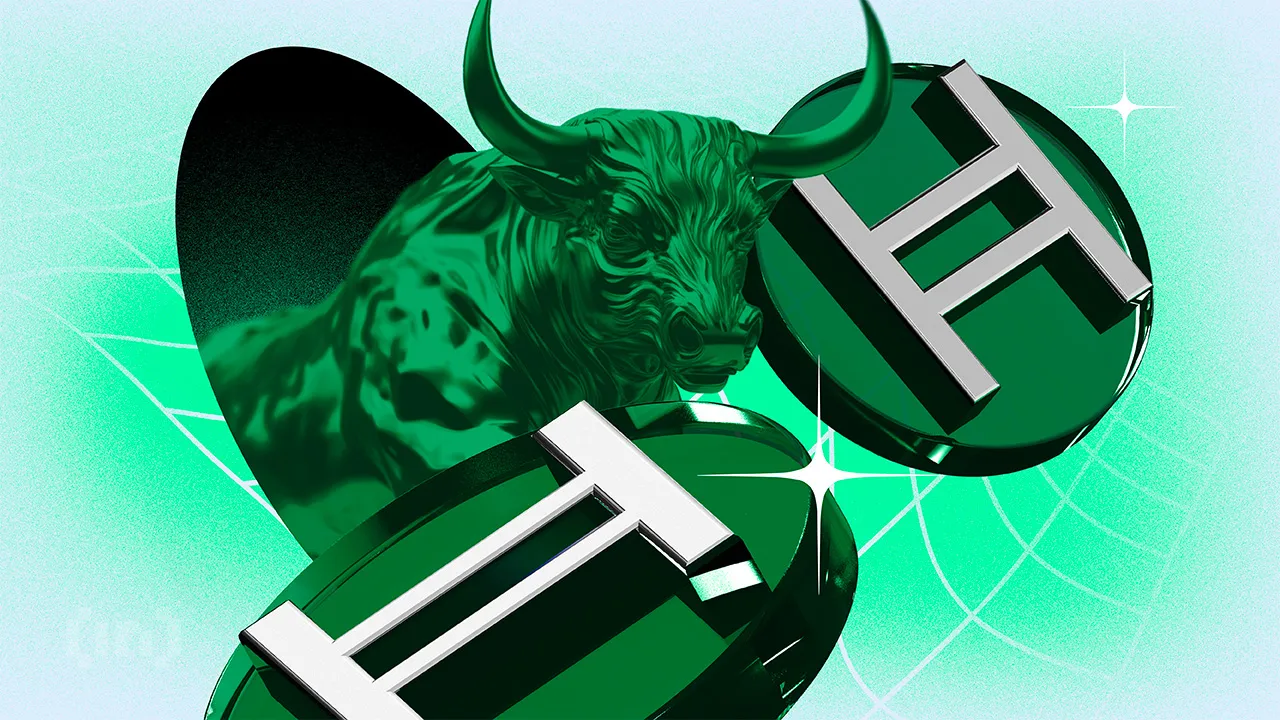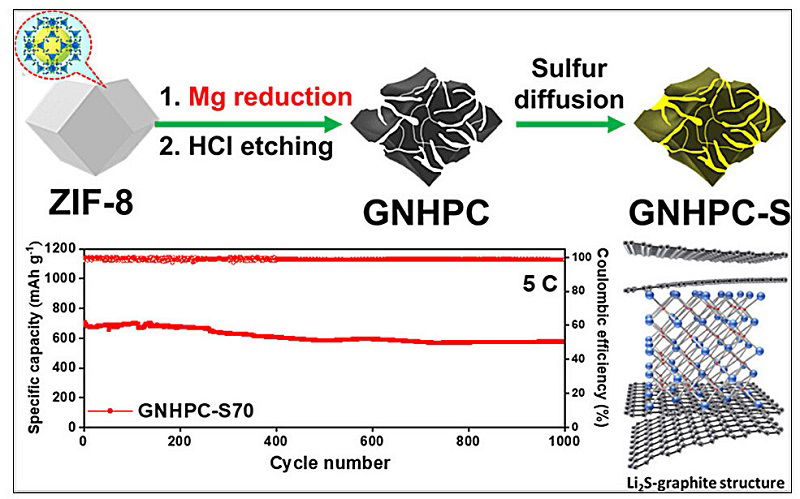Binance and Circle have teamed up to boost the adoption of the USDC stablecoin, a move that calls into question the long-term future of Tether’s dominant USDT.
On December 10, the Binance digital asset exchange and USDC-issuer Circle announced a “strategic partnership to accelerate global USDC and crypto adoption.” Binance will “integrate USDC across its products and services, making it more accessible to its 240 million users for trading, saving, and payments, while also adopting USDC for its corporate treasury operations.”
Circle’s role will be to “provide Binance with technology, liquidity, and tools to enhance user trust and innovation, as both companies collaborate to drive stablecoin utility and innovation in the global financial system.”
Circle CEO Jeremy Allaire tweeted that he’d “long admired Binance for their relentless commitment to product quality, innovation and user-centricity.” Allaire claimed Binance “continues to invest in robust compliance and risk management infrastructure” following the exchange’s $4.3 billion settlement with U.S. authorities to atone for its years of shoddy compliance and risk management.
That settlement required Binance to accept two U.S.-appointed transaction monitors—Forensic Risk Alliance and Sullivan & Cromwell—tasked with ensuring the exchange was doing more than simply paying lip-service to compliance. Binance CEO Richard Teng—who replaced founder Changpeng ‘CZ’ Zhao after the latter was forced to resign and served four months in prison—claimed earlier this year that Binance’s 2024 compliance spending would top $200 million.
Allaire’s tweet described the partnership as “the marriage of the largest and fastest growing compliant stablecoin” with the largest exchange by transaction volume. Allaire said this signaled “a major and material shift in the emerging crypto market structure as we enter 2025.”
Binance has been signaling this shift for a while, warning this summer that its European customers could lose access to USDT due to Tether’s refusal to comply with the European Union’s Markets in Crypto Assets (MiCA) regulation.
USDC received its MiCA approval in July but Tether CEO Paolo Ardoino has repeatedly stated that Tether won’t comply with MiCA’s requirement for ‘significant’ stablecoins to keep 60% of the fiat reserves in cash in EU banks. Tether recently discontinued its Euro-denominated stable EURT over similar concerns, although Tether also invested in a Dutch firm (Quantoz Payments) that is promising to issue MiCA-compliant USD-/Euro-denominated’ E-Money Tokens.’
The new partnership will serve Circle well when it takes itself public sometime in 2025. Circle aborted its previous initial public offering plans in December 2022, shortly after the FTX exchange’s spectacular collapse capped off a year’s worth of similar implosions. Circle has already filed its initial public offering (IPO) paperwork with the U.S. Securities and Exchange Commission (SEC), which will be under more crypto-friendly leadership come January, so Circle has reason to expect a smooth IPO landing.
It’s unclear what this deal means for FDUSD, the stablecoin that launched in July 2023 and trades almost exclusively on Binance. Since its inception, FDUSD has been viewed with some suspicion given the fact that it routinely trades at multiples of its market cap (on December 11, it showed a 24-hour volume of over $7 billion, four times its $1.75 billion cap).
Circle rolling where Tether can’t
The Binance-Circle deal follows news that USDC had become the first stablecoin to “commit to comply” with the Ontario Securities Commission (OSC) and Canadian Securities Administrators’ (CSA) Value-Referenced Crypto Asset (VRCAs) requirements. The CSA has established a December 31 deadline for locally approved exchanges to delist any ‘non-compliant’ stablecoins.
USDT was put on OSC’s ‘prohibited crypto assets’ list in 2021, not long after the New York Attorney General’s (NYAG) office banned Tether and its sister exchange Bitfinex from operating in the state. (For what it’s worth, Binance earned a similar scarlet letter from the OSC, leading to the exchange withdrawing from the market in 2022.)
Circle’s Canadian commitment includes submitting financial statements and auditor’s reports regarding the fiat reserves backing issued USDC. Tether has never subjected its reserves to an independent audit, relying instead on threadbare quarterly attestations that merely acknowledge the existence of certain assets on a single day without any assurances regarding what assets existed the day before or after.
Despite Tether’s proclivity for generating scandalous headlines, its market cap has been on an unprecedented growth spurt, adding around $20 billion since Donald Trump’s election as U.S. president in early November. While USDC has added $5 billion since the election, its market cap of $41 billion remains less than one-third of Tether’s $139 billion.
Tether claims UAE acceptance
Not all is golden in Circle’s world, as the company recently announced layoffs of some 50 staff—roughly 6% of its total headcount. Circle confirmed the news, originally reported by Bloomberg, saying the cull came after a regular review of “our investments and expenses.”
And not all is black in Tether’s world, despite the ever-present rumors of unsealed U.S. indictments. This week, Tether announced that Abu Dhabi’s Financial Services Regulatory Authority has welcomed USDT as an Accepted Virtual Asset, allowing it to be used for ‘pre-approved services’ by locally ‘authorized persons.’
Tether previously announced plans to develop a dirham-denominated stablecoin in collaboration with the United Arab Emirates-based tech conglomerate Phoenix Group and the Abu Dhabi-based Green Acorn Investments.
However, Tether almost immediately got some local competition via AE Coin, a dirham-denominated stable that just received its final approval from the Central Bank of the UAE (CBUAE). AE Coin issuer AED Stablecoin LLC received its initial approval this summer, giving it a slight leg up on Tether.
AE Coin is also “fully backed by reserves held in the UAE,” a claim Tether has yet to make regarding USDT. The UAE’s stablecoin regulations also require licensees to undergo external audits on an annual basis. These audits must be “prepared in accordance with accepted accounting standards and practices,” so no more of Tether’s traditional ‘trust us, bro, we’re totally good for it’ assurances.
Let ‘er Ripple
Circle and Tether will be getting some new competition shortly from XRP issuer Ripple Labs, which announced plans for its dollar-denominated RLUSD stablecoin this spring. On December 10, Ripple CEO Brad Garlinghouse tweeted that RLUSD had received “final approval” from the New York Department of Financial Services (NYDFS).
However, the NYDFS list of ‘greenlisted coins’ has yet to add RLUSD to its mix. Garlinghouse’s tweet included the caveat that “when RLUSD is live, you’ll hear it from @Ripple first.” Ripple execs previously claimed they aimed to launch before year’s end, so the clock is ticking.
With the exception of FDUSD, new dollar-denominated stablecoins haven’t made much headway. PYUSD, the stable launched in August 2023 via a partnership between PayPal (NASDAQ: PYPL) and Paxos Trust, has a market cap of only around $500 million. USDG, a stable issued by Paxos and backed by a consortium of Robinhood (NASDAQ: HOOD), Kraken, and Galaxy Digital, made its debut last month but has yet to top $30 million.
Treasury warns Congress to regulate stablecoins … or else
Ripple’s stablecoin approval coincided with the release of the latest annual report by the U.S. Treasury Department’s Financial Stability Oversight Council (FSOC). The report echoes previous Treasury guidance that stablecoins “continue to represent a potential risk to financial stability because they are acutely vulnerable to runs absent appropriate risk management standards. This run risk is amplified by issues related to both market concentration and market opacity.”
The total dollar-denominated stablecoin market cap has now topped $200 billion, of which USDT represents around 70% while adding USDC brings you to 90%. Nodding in Tether’s direction, the FSOC said its failure “could disrupt the crypto-asset market and create knock-on effects for the traditional financial system.”
In a further nod to Tether, the FSOC noted the “limited verifiable information about their holdings and reserve management practices,” which “increases the risk of fraud.” The FSOC urged Congress to create “a comprehensive federal prudential framework for stablecoin issuers.” But if Congress drags its feet, the FSOC members—Treasury, the Federal Reserve, SEC, CFTC, FDIC, and others—are “prepared to consider steps available to them to address risks related to stablecoins.”
Stablecoins for thee, not for me
In July, Donald Trump stated that “the safe, responsible expansion of stablecoins” will allow America to “extend the dominance of the U.S. dollar to new frontiers all around the world.” Not everyone shares this view, pointing to tentative efforts by groups like the BRICS countries to issue a bespoke currency to lessen their dollar dependencies.
A new Citi Wealth outlook for 2025 takes Trump’s side, arguing that dollar-denominated stablecoins—which currently account for ~93% of the sector—could “make dollars more accessible to the world and reinforce the U.S. currency’s longstanding global dominance.” While acknowledging the risks associated with unregulated stables, Citi suggests U.S. legislation could “further boost their appeal.”
Stablecoin-focused legislation was a main focus of the current Congress but its notoriously glacial pace means we’re likely waiting until next year when the ‘most pro-crypto Congress in history’ officially takes their seats.
One final note, word broke late on December 11 that the Trump-affiliated decentralized finance (DeFi) project World Liberty Financial (WLF) was swapping some of the USDC and USDT it received via sales of its WLFI governance token for Ethereum’s ETH token. As The Block noted, the swaps may suggest that the WLF team “thinks ETH is a better reserve asset than the U.S. dollar.”
Et tu, Donald?
Watch: Teranode is the digital backbone of Bitcoin
title=”YouTube video player” frameborder=”0″ allow=”accelerometer; autoplay; clipboard-write; encrypted-media; gyroscope; picture-in-picture; web-share” referrerpolicy=”strict-origin-when-cross-origin” allowfullscreen=””>
Source: https://coingeek.com/binance-circle-usdc-tie-up-targets-tether-stablecoin-dominance/









Leave a Comment